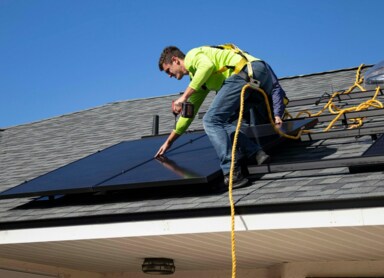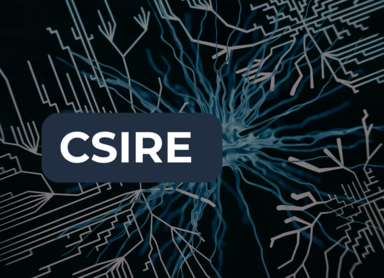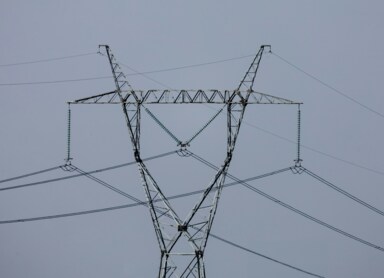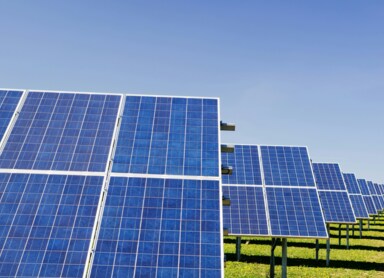Who is a Virtual Prosumer? Settlement Rules in 2025
Using a photovoltaic installation grants the user the status of a prosumer. However, the current provisions of the Renewable Energy Sources Act distinguish between different types of renewable energy prosumers. As of July 2, 2025, in addition to individual, tenant, and collective prosumers, the virtual prosumer model also comes into effect. Who exactly are these users of photovoltaic systems, and what sets them apart from a "regular" prosumer?
Virtual Prosumer – Who Are They, Really?
The concept of a virtual prosumer is defined in Article 2, Point 27b of the Renewable Energy Sources Act. According to this provision, a virtual prosumer is an end user who generates electricity exclusively from renewable energy sources for their own needs in a renewable energy installation connected to the power distribution grid at a location different from the place where the electricity is delivered to that user, provided that for end users who are not household consumers, this generation does not constitute their main business activity.
The legal definition is as lengthy as it is complex, so it’s worth breaking it down to identify the unique characteristics of a virtual prosumer.
Who Can Become a Virtual Prosumer?
An entity can become a virtual prosumer if all the following conditions are met:
-
They are an end user,
-
They generate electricity solely from RES for their own needs,
-
If the virtual prosumer is not a consumer, the electricity generation must not be the predominant part of their business activity.
Where Is the Virtual Prosumer’s RES Installation Connected?
For other types of prosumers, the photovoltaic installation is usually mounted behind the shared meter in a multi-apartment building or behind an individual apartment’s meter. In the case of collective prosumers, it might be a new connection point within the building’s electrical installation. However, for a virtual prosumer, the RES installation is located at a new connection point entirely outside the electrical installation of the building where the prosumer's electricity usage point is located.
What does the "virtual" aspect mean? Let’s look at an example:
Imagine a company wants to invest in green energy but lacks the space or technical capabilities to install PV panels at its headquarters. The company can then purchase a share in a large installation (e.g., 10% of the installed capacity or “uses 10% of the energy produced by a 120 kWp solar farm”), which is located elsewhere. As a result, the company becomes a virtual prosumer for 12 kWp, without owning the specific modules that generate this energy. The contracted "green" electricity is delivered through the power grid.
Business Groups Model on Reo.pl
It’s worth mentioning that a similar model, based on shared use of RES energy, already operates within Reo.pl business groups. These allow for shared energy settlement between companies, often in different locations, which draw energy from larger RES installations under preferential terms. This solution may also be attractive to users operating on a scale beyond the virtual prosumer regulations.
What Is the Maximum Power for a Virtual Prosumer’s Installation?
Even without a physical PV installation, the power limits remain unchanged. The maximum capacity of the RES installation cannot exceed 50 kW per virtual prosumer, including any power used through other prosumer models. Prosumers can be combined, but the total power accounted for at a single point of energy consumption cannot exceed 50 kW. Moreover, there is a defined order of energy settlement: individual prosumers are settled first, followed by collective, and finally virtual prosumers.
Is It Worth Becoming a Virtual Prosumer?
The virtual prosumer status comes with several benefits, such as:
-
Using a PV installation without the need for physical installation or associated costs,
-
Effectively reducing electricity bills (including distribution charges),
-
Investing in the company’s eco-friendly development,
-
Increasing energy stability and independence,
-
Contributing to energy security,
-
No costs for insuring, maintaining, or replacing panels.
Virtual Prosumer – From When Are the New Regulations Effective?
Regulations for virtual prosumers come into force on July 2, 2025. Initially, the changes were to coincide with the launch of the Central Energy Market Information System (CSIRE), but its implementation has been postponed to the following year.
In practice, the new legal framework is designed for users who cannot apply traditional PV solutions. These include residents of single-family homes whose building design prevents becoming a collective prosumer. Virtual prosumers may also include businesses in locations unsuitable for PV installation or local government units.
Virtual Prosumer – Operating Rules and User Rights
The idea of virtual electricity delivery is to enable RES use for those who cannot or do not want to install their own PV systems, often due to high costs. This model involves a specific energy settlement structure:
Step 1 – Energy Allocation
First, it’s determined how much energy from a larger installation is assigned to the virtual prosumer. This portion is treated as if the prosumer had generated it.
Step 2 – Self-Consumption
This works exactly like with individual prosumers. The generated energy is deducted from consumed energy, with no energy sales-related charges applied.
The key difference is that individual prosumers don’t pay distribution fees because the energy is used “on-site.” Virtual prosumers, however, must pay distribution fees, as the energy is physically delivered via the distribution grid. Thus, virtual prosumers don’t practice “pure” self-consumption. However, they still save money on active energy, making the overall electricity costs significantly lower than without RES.
Step 3 – Net Billing
This works like in other prosumer models. Excess energy consumed over what was generated is converted into a monetary deposit on the prosumer’s account. This deposit offsets future electricity bills. Once depleted, energy must be purchased at market prices.
Step 4 – Overpayment Settlement
If the deposit is not used within 12 months, up to 20% can be paid out in a non-cash form (e.g., as a prepayment for future invoices).
Use RES Wisely – Check Out Reo.pl’s Offer
Thinking about investing in a PV installation? Becoming a virtual prosumer might be a better solution for you. Especially in today’s open energy markets, this eco-friendly energy model may prove more profitable. Want to know more? Contact us! Our experts will help determine what kind of prosumer you are (or could be). We also offer energy balancing, PPA contracts, and more.






